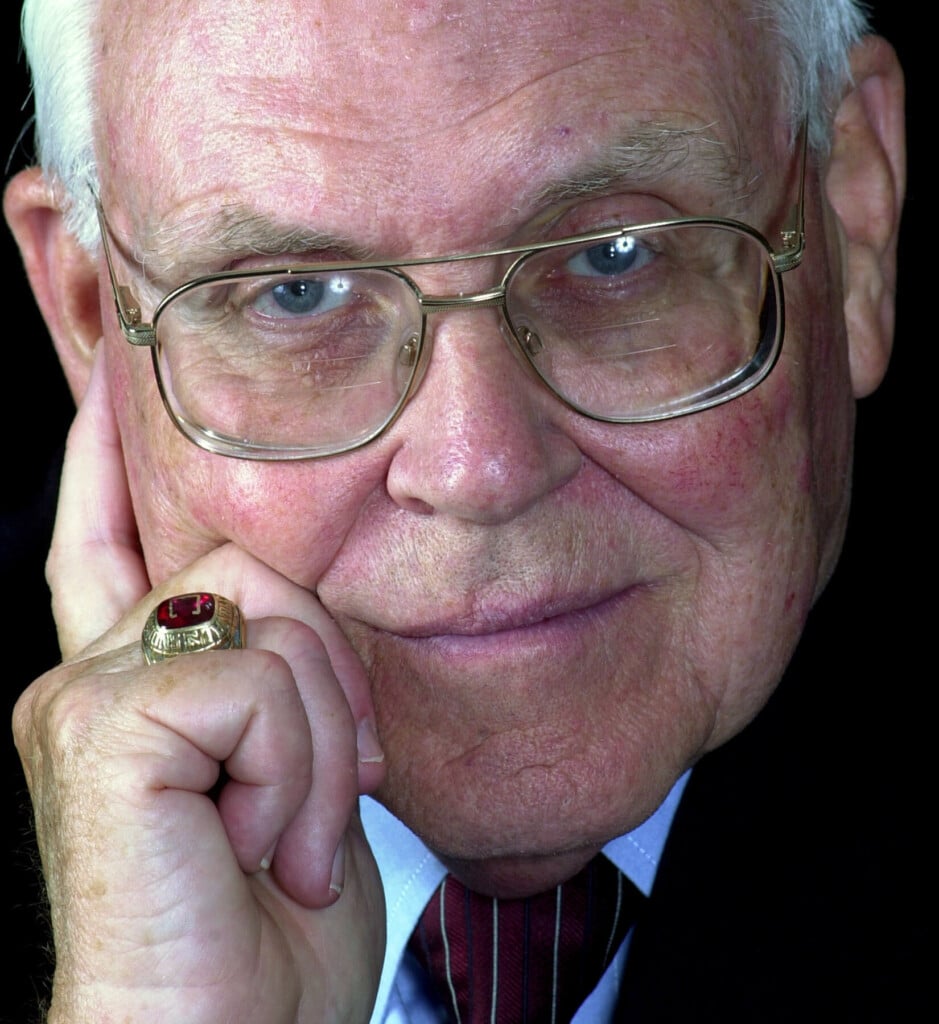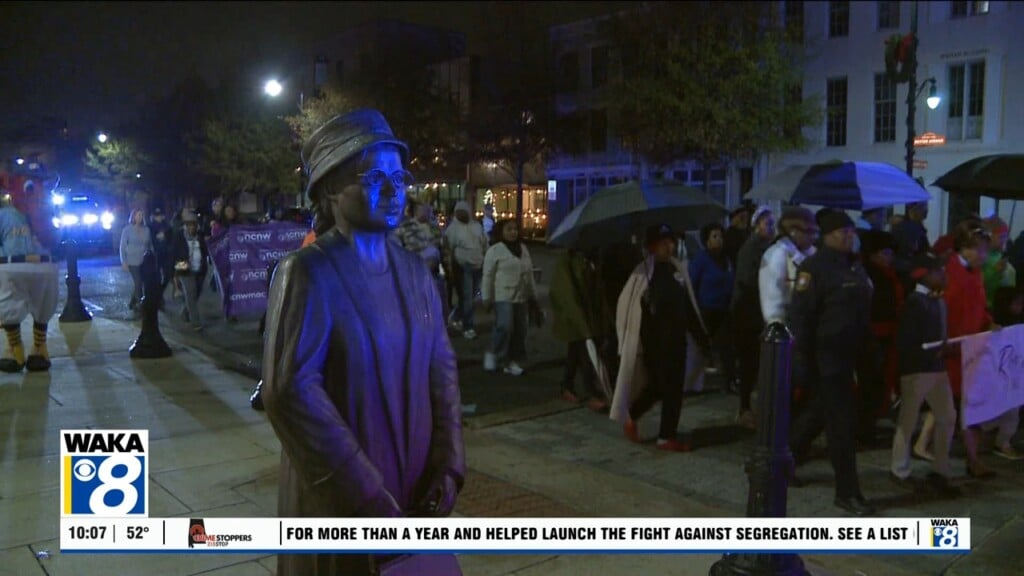President Trump tours new “Alligator Alcatraz” detention center in Florida

President Donald Trump listens as Homeland Security Secretary Kristi Noem speaks during a tour of “Alligator Alcatraz,” a new migrant detention facility at Dade-Collier Training and Transition facility, Tuesday, July 1, 2025, in Ochopee, Fla. (AP Photo/Evan Vucci)
President Trump today toured a new immigration detention center surrounded by alligator-filled swamps in the Florida Everglades, suggesting it could be a model for future lockups nationwide as his administration races to expand the infrastructure necessary for increasing deportations.
Trump said he’d like to see similar facilities in “really, many states” and raised the prospect of also deporting U.S. citizens. He even endorsed having Florida National Guard forces possibly serve as immigration judges to ensure migrants are ejected from the country faster.
“Pretty soon, this facility will handle the most menacing migrants, some of the most vicious people on the planet,” Trump said of the Florida site known as “Alligator Alcatraz.”
The president said the moniker is “very appropriate because I looked outside and that’s not a place I want to go hiking anytime soon.”
“The only way out, really, is deportation,” Trump added.
Hundreds of protesters converged outside the site — a remote airstrip with tents and trailers. They waved signs calling for the humane treatment of suspected illegal migrants as well as the protection of the expansive preserve that is home to a few Native American tribes and many endangered animal species.
The area is about 50 miles west of Miami, and is teeming with pythons and alligators. The White House hopes to convey a message to detainees and the rest of the world that repercussions will be severe if the immigration laws of the United States are not followed.
Trump on his tour walked through medical facilities and other parts of the detention center, then held a lengthy roundtable where Florida Gov. Ron DeSantis and assorted state and federal officials heaped him with praise.
Authorities originally suggested it could house up to 5,000 detainees upon completion, but DeSantis said it would actually hold around 3,000, with some starting to arrive Wednesday.
The center was built in eight days over 10 miles of Everglades. It features more than 200 security cameras, 28,000-plus feet of barbed wire and 400 security personnel.
Trump dismissed concerns about the impact on delicate ecosystems, saying that since the airstrip was already there, authorities wouldn’t have to be “dropping dirt.”
“I don’t think you’ve done anything to the Everglades,” Trump said. “I think you’re just enhancing it.”
Other, though, are appalled, including Phyllis Andrews, a retired teacher who drove from Naples, Florida, to protest Trump’s visit and called migrants “fine people.”
“They do not deserve to be incarcerated here,” Andrews said.
Homeland Security Secretary Kristi Noem, who was also on the tour, said immigrants arriving to the site could still opt to “self-deport” and board flights to their home countries rather than being held in it. She said she hoped “my phone rings off the hook” with other states looking to follow Florida’s lead and open similar sites.
U.S. Immigration and Customs Enforcement detainees are generally held for reasons like entering the country illegally or overstaying a visa. They are either waiting for ICE to put them on the next flight or bus ride home, or they’re fighting their removal in immigration court.
As of mid-June, ICE detention facilities held more than 56,000 immigrants, the most since 2019.
(Copyright 2025 The Associated Press. All rights reserved. This material may not be published, broadcast, rewritten or redistributed.)






